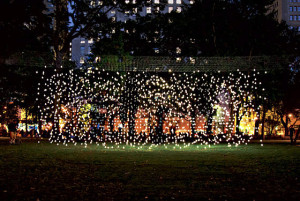My experience with art making is fairly limited to assigned work from teachers. Most of what I’ve made has come from assignments in classes I have taken to complete my Humanities requirement. That being said, it has led me to complete some very cool things. I’ve made a puppet of a knight out of aluminium foil, I’ve made the literal representation of “Squeezing the money out of you” Thanks to some creative video processing. 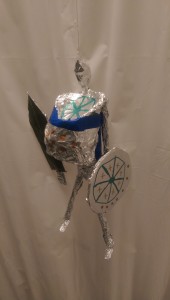
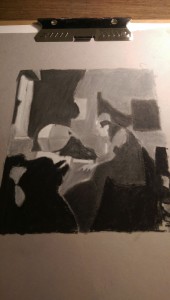
However, what I’ve done with programming, electronics and other tech is a lot more robust. I have created robots that can hunt down candles, I’ve created 3D printed versions of rotary aircraft engines. I have soldered together wires on everything from a battery tender to a light box that spelled out a name in tron style LEDs (Which I sadly don’t have a picture of).
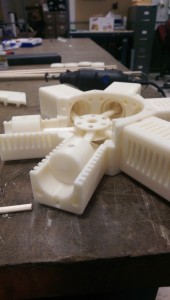
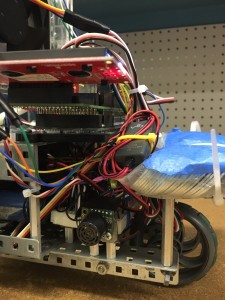
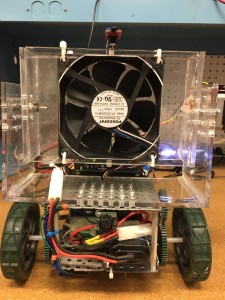
Other creative outlets I have are few. I listen to a lot of music, I play a lot of pretty video games, but I don’t create much. However, these all help to inspire me. My favorite inspirations are Space and Sci Fi. Space has been a favorite for as long as my dad told me about the Apollo missions and various planes in the sky. Tron came about more recently with the remake. To that extent, it was the main source for the aforementioned light box nameplate.
My goals with this course are to create something that combines the aesthetics of Tron with the content of Space. Either the Space Shuttle, the Solar System, or else some combination of other spacecraft. As for the actual content, I am not so sure yet.
Recent projects I am proud of are shown after the first paragraph. The Knight was supposed to be a caricature of a knight, and I thought I was able to get the proportions just right. My only issue with that is the aluminum foil makes a very crinkly surface, I would have liked it smoother. The other drawing is a study in shades. We took a Vermeer painting shown in black and white and had to break it down into only 5 shades. It came as very blocky and very harsh, but it was wonderful in getting a better understanding of shades and their limits.

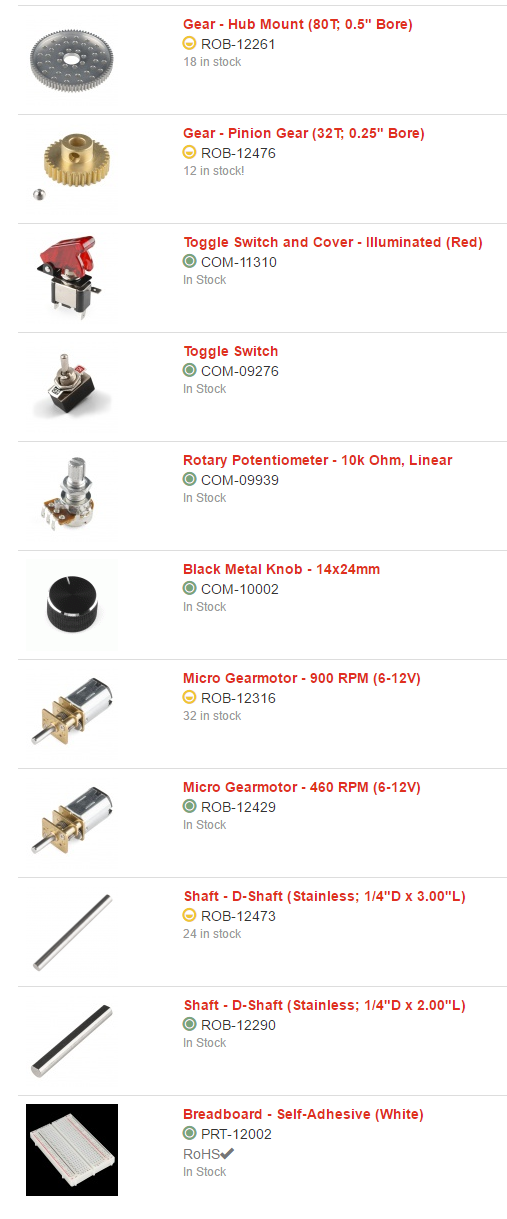
 In addition to purchasing the parts for the project, I also CADed out the main armatures for the project. The following is the preliminary draft. These will be altered now that I posses the parts. I can take more detailed measurements and create better fitments. The first piece is the inner armature that holds the LED armature. It sits inside the second piece. The second piece spins as well.
In addition to purchasing the parts for the project, I also CADed out the main armatures for the project. The following is the preliminary draft. These will be altered now that I posses the parts. I can take more detailed measurements and create better fitments. The first piece is the inner armature that holds the LED armature. It sits inside the second piece. The second piece spins as well.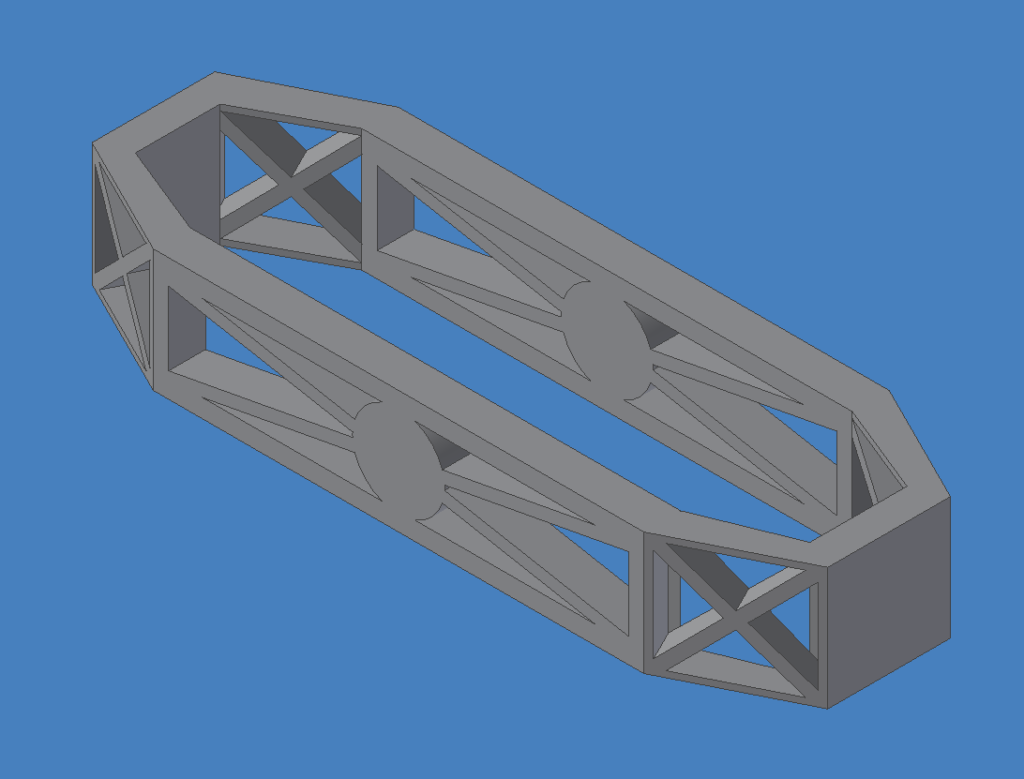
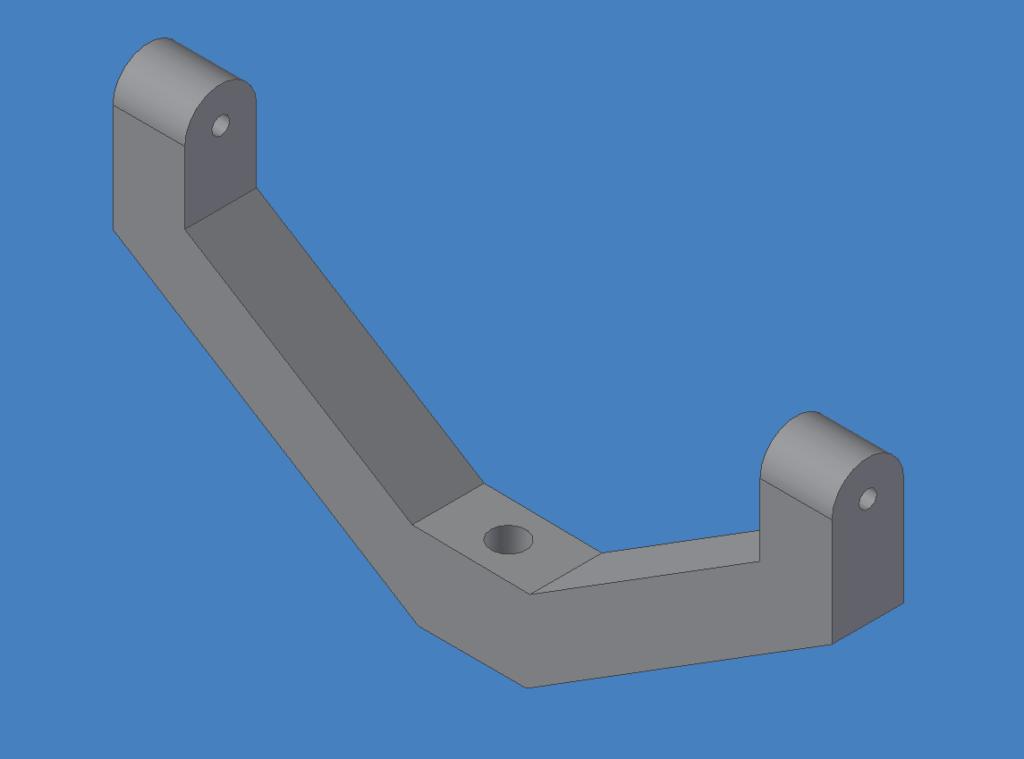
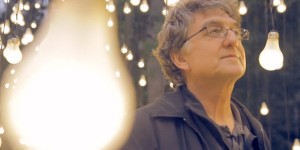
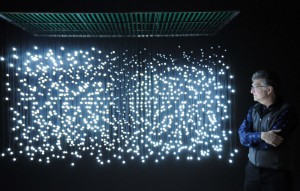
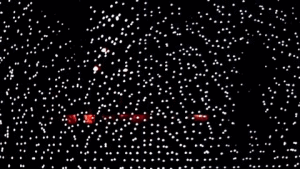 Campbell’s style stems from his love of ultra low resolution. Whereas most high definition displays have around 2 million pixels, his art installations have around 200 to 2000 pixels. Sometimes he uses RGB pixels to give some color to his work, other times he simply uses single color pixels to break down his work. The point of his ultra low resolution is to break down and discard the details of a scene and leave it with just the large brushes of outlines and colors.
Campbell’s style stems from his love of ultra low resolution. Whereas most high definition displays have around 2 million pixels, his art installations have around 200 to 2000 pixels. Sometimes he uses RGB pixels to give some color to his work, other times he simply uses single color pixels to break down his work. The point of his ultra low resolution is to break down and discard the details of a scene and leave it with just the large brushes of outlines and colors.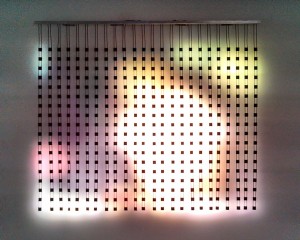 The first Art Piece is called Home Videos (David). This shows the home videos of the family of David, who is a boy born around the same time as Campbell. The installation shows in characteristic ultra low resolution, the aging of David and his early life. Campbell has other “Home Video” sequences, including many he shot, but he most likes David as it is similar to his own life.
The first Art Piece is called Home Videos (David). This shows the home videos of the family of David, who is a boy born around the same time as Campbell. The installation shows in characteristic ultra low resolution, the aging of David and his early life. Campbell has other “Home Video” sequences, including many he shot, but he most likes David as it is similar to his own life.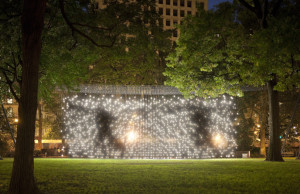 Finally, there is the installation Scattered Light. This is an array of incandescent bulbs that are stuffed with LEDs that hang in a seemingly irregular and chaotic arrangement. Viewed from all angles but one, the lights seem to twinkle with irregular timing and be completely independent. However, if you view the installation from head on, you will see ethereal people walking across the lights. These people were recorded in Grand Central Terminal, for their chaotic and crazy movement.
Finally, there is the installation Scattered Light. This is an array of incandescent bulbs that are stuffed with LEDs that hang in a seemingly irregular and chaotic arrangement. Viewed from all angles but one, the lights seem to twinkle with irregular timing and be completely independent. However, if you view the installation from head on, you will see ethereal people walking across the lights. These people were recorded in Grand Central Terminal, for their chaotic and crazy movement. 